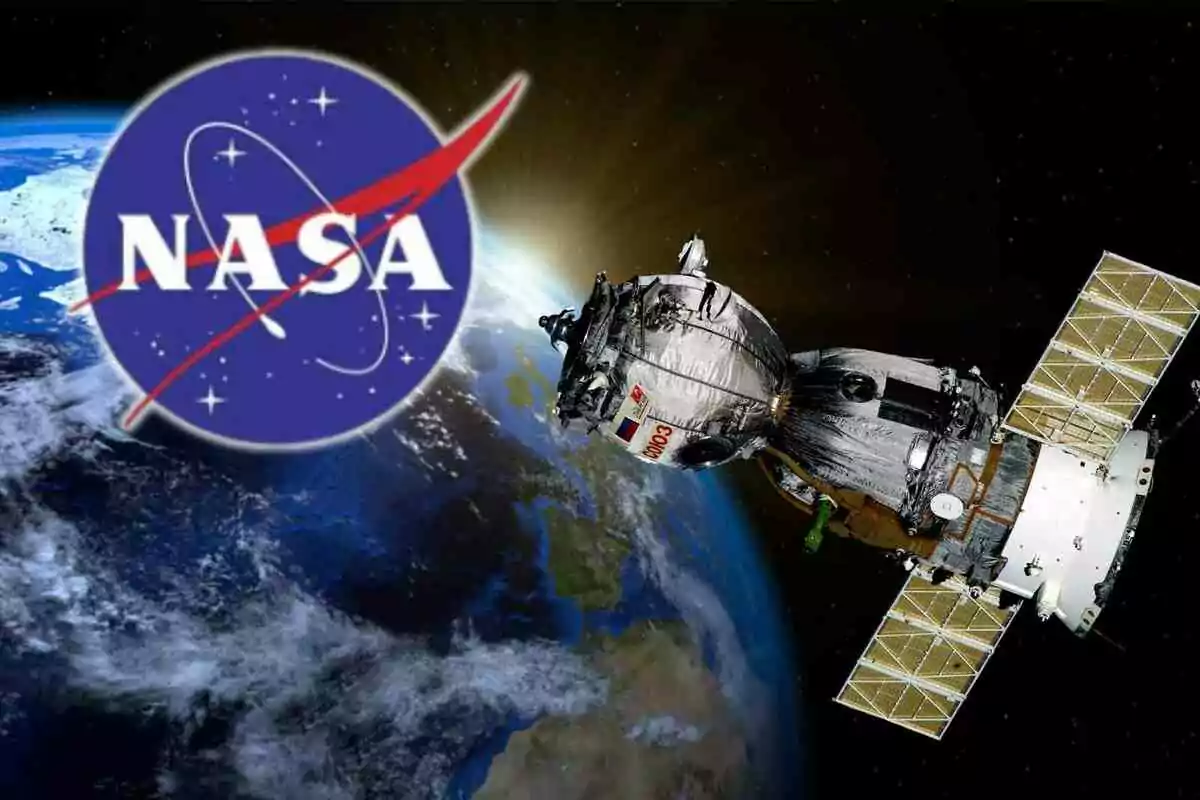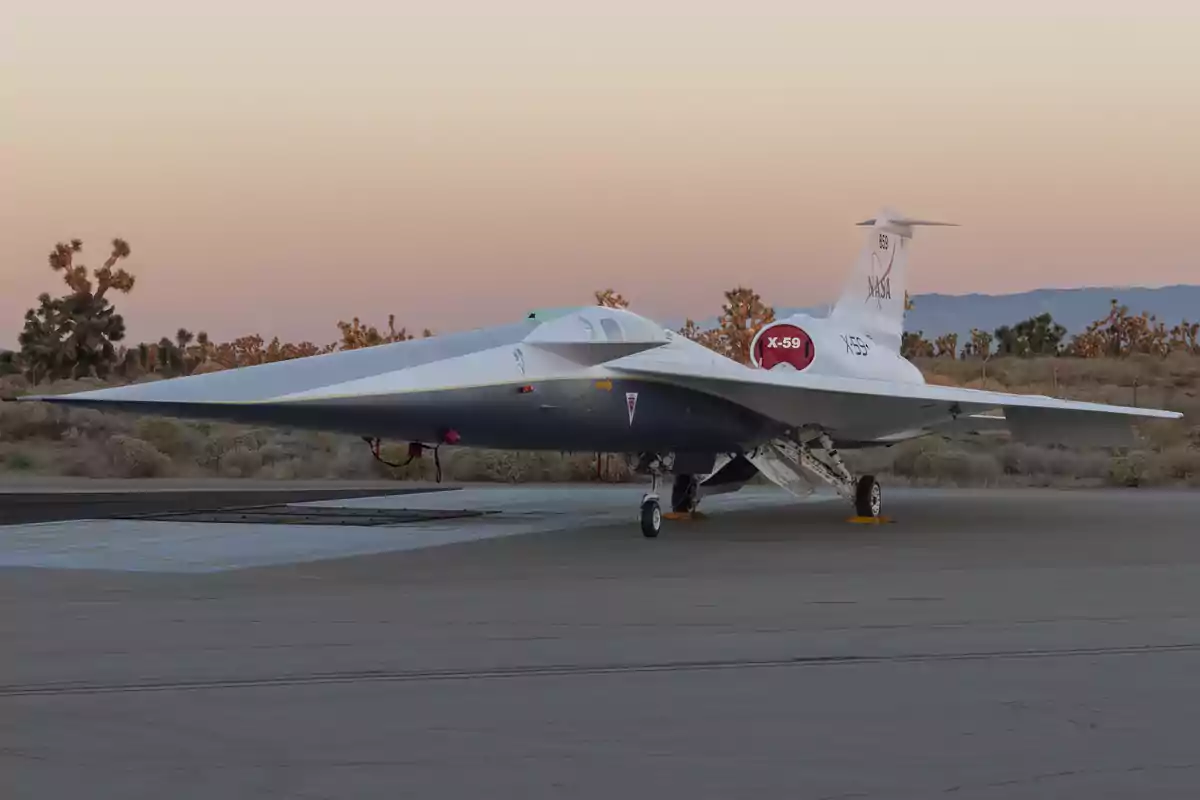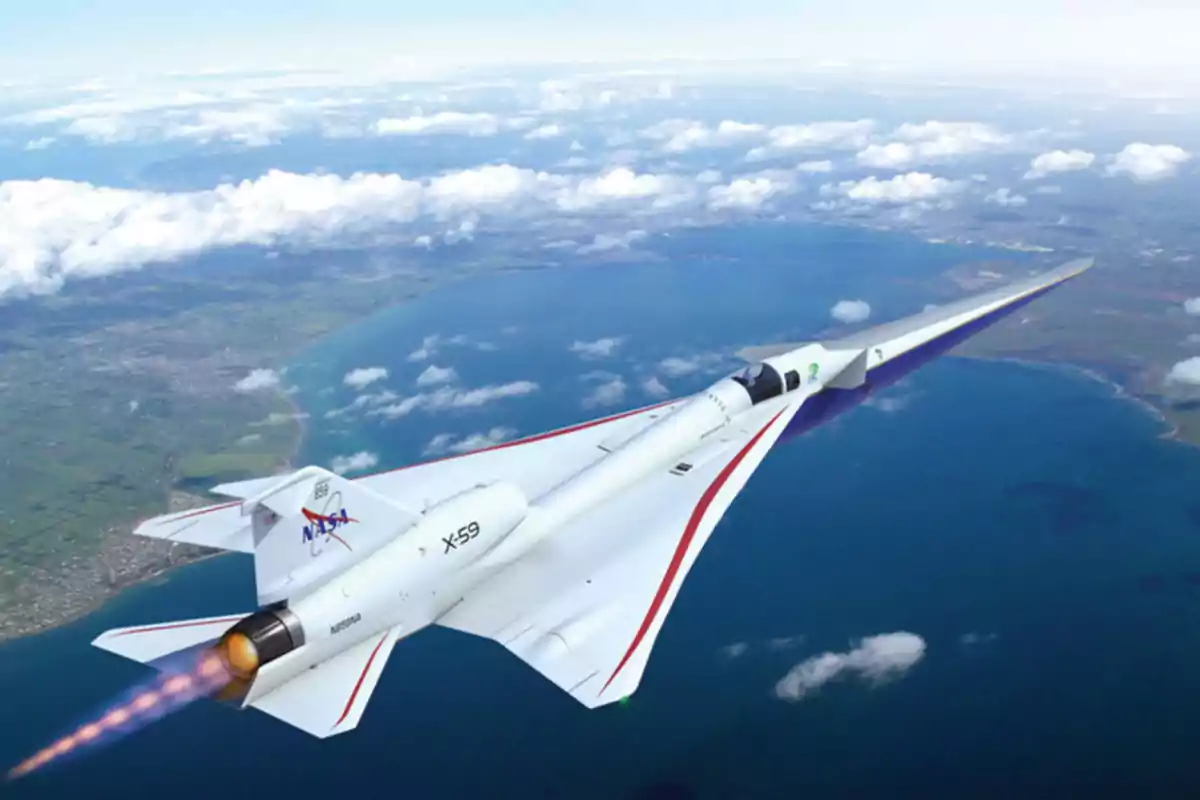NASA has confirmed a major breakthrough that could change the way we understand supersonic flights. Although there are still steps to complete, experts already consider this achievement historic. This is a development with the potential to improve the experience of traveling at high speeds.
This announcement comes after a decisive test carried out with the experimental X-59 aircraft, developed in collaboration with Lockheed Martin. On July 10, this aircraft successfully completed its first low-speed taxi test at United States Air Force Plant 42 in Palmdale, California. This test not only validated the aircraft's essential systems, but also marked the beginning of a new era for supersonic aviation.

X-59 gets underway: steady steps toward a historic flight
During the test day, test pilot Nils Larson maneuvered the X-59 along the runway under the close supervision of a multidisciplinary team. The engineers observed the steering, braking, and other controls' behavior to ensure that the aircraft met safety standards. This step is essential to prepare the aircraft for higher-speed tests and, eventually, its first flight.
NASA has designed a meticulous plan that calls for progressively increasing the X-59's taxi speed in upcoming sessions. This preparatory phase will allow the team to precisely assess the aircraft's response before reaching the necessary conditions for takeoff. This is a rigorous procedure that ensures each advance is made with maximum control and care.

The solution so flying fast doesn't cause discomfort
X-59 is the key piece of the Quest mission, whose main goal is to show that it's possible to fly at supersonic speeds without the annoying thunder that characterizes these flights. Traditionally, the so-called "sonic boom" has been a major obstacle to the commercial operation of supersonic flights over populated areas. The project aims to end this limitation.
Instead of the traditional loud noise, the aircraft is designed to emit a much softer sound, similar to a slight thump. This acoustic innovation aims to minimize the disturbance for people on the ground, opening the door to more sustainable supersonic flights that are accepted by society. Noise reduction is an essential breakthrough so this type of aircraft can operate on commercial routes.

NASA drives standards that could change supersonic aviation
The data collected will be essential for regulatory authorities, both in the United States and in other countries, to establish new noise standards. These standards would be the basis for allowing commercial supersonic flights over inhabited areas, something that has been prohibited until now. Thus, NASA's program not only brings technological advances, but also a scientific basis for future regulations.
Ultimately, the announcement from NASA's experts represents a historic step that could transform air transportation. The success of X-59 could trigger a revolution in aviation, combining speed, efficiency, and a clear commitment to reducing environmental noise. The coming months will be decisive for driving this innovative project, which has already shown that what once seemed unimaginable is closer than ever.

